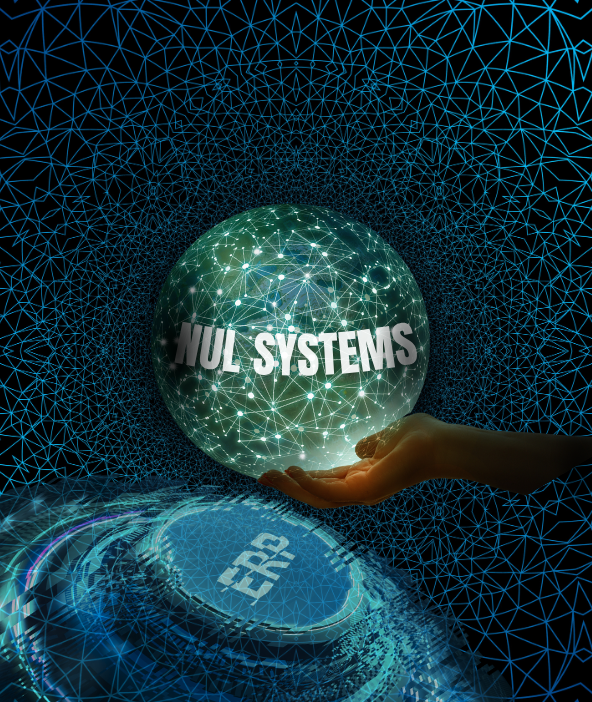Reimagine how organizations operate. NUL interprets policies, automates actions, and adapts at machine speed — no modules, no middleware, no mess.
Neural Unified Logic (NUL) is the architectural core behind NUL Systems™ — a platform that turns written enterprise policy into executable, auditable action.
Rather than relying on rigid ERP schemas or manual scripting, NUL leverages advanced large language models (LLMs), a policy interpreter, and autonomous agents to transform rules into live logic across your organization.
At its heart, NUL connects:
Language (intent)
→ Logic (rules, exceptions)
→ Action (automated execution)
It’s the first system that allows businesses to govern themselves directly from the policies they already have — no forms, dashboards, or slow approvals required.


NUL doesn’t operate in a black box. Every AI decision is explainable and tied to your operational intent, not mystery logic.

ERP platforms were never designed to understand language or adapt dynamically. Their
workflows are:
- Hardcoded
- Siloed
- Manual
NUL Systems™ replaces that logic layer entirely with a modular agent infrastructure
powered by Neural Unified Logic. Instead of configuring “business rules” manually, policies are
interpreted, compiled, and acted upon automatically.
What SAP or Workday needs a team to configure over months, NUL does in seconds — reading
your compliance policy or leave form and turning it into live execution logic.
Beneath NUL’s clean interface lies a powerful ten-layer architecture.
Each layer serves a distinct function — from interpreting enterprise intent to executing AI-driven actions, all while learning and improving over time.This isn’t just software. It’s a living system built to think, act, and adapt at enterprise scale — with safety, clarity, and control baked into every layer.
Captures enterprise goals, policies, and strategic inputs.
Pulls in documents, metrics, and input data across your stack.
Translates intent + data into contextual logic.
Activates AI agents across functions (HR, Legal, Ops, etc.).
Ensures safety, compliance, traceability, and oversight.
Aligns logic with agent workflows in real-time.
Delivers automated actions, transactions, and decisions.
Monitors outputs and adjusts logic as needed.
Connects to external APIs, logs, and interfaces as needed.
Final decisions, workflows, and outputs across departments.